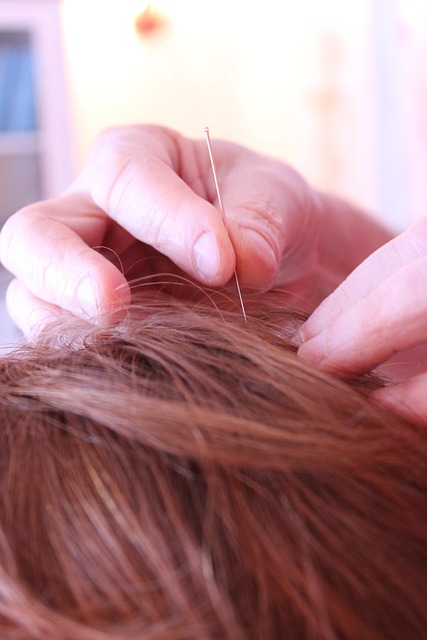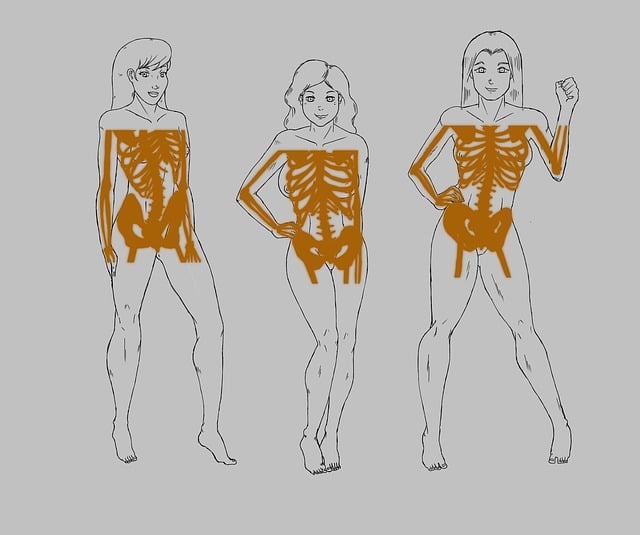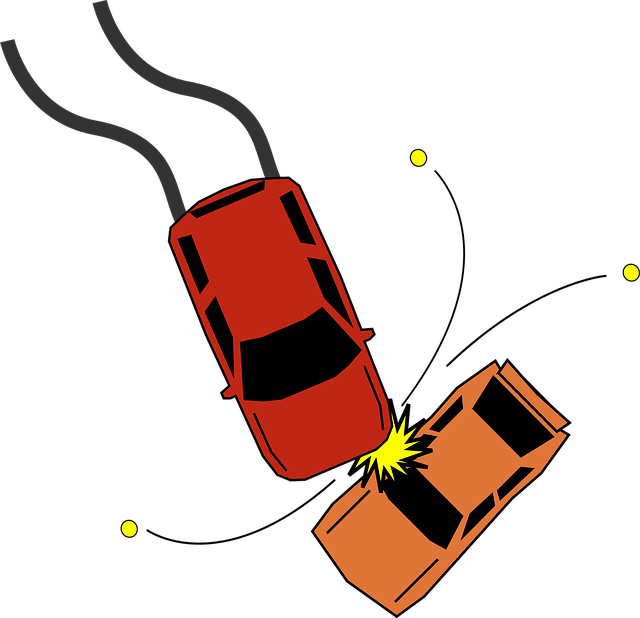Rear-end collisions often lead to whiplash, causing spine misalignments, muscle strains, and nerve irritation. Chiropractic care is a natural, effective treatment for these injuries, offering immediate pain relief and long-term support through spinal adjustments to correct misalignments and reduce pressure on nerves. This non-invasive approach promotes mobility, restores function, and enables victims to regain active lifestyles. For a comprehensive guide to managing and preventing future back pain after rear-end collisions, focus on chiropractic recovery tailored for these victims, incorporating regular check-ups, ergonomic changes, and stress management techniques.
Whiplash and back pain are common yet devastating aftermaths of rear-end crashes, affecting countless individuals daily. This article delves into the intricacies of these injuries, focusing on whiplash and its impact on the spine. We explore the role of chiropractic care in effective treatment and recovery for rear-end collision victims, offering a comprehensive guide to healing and preventing future back pain. Understanding these aspects is crucial for navigating the road to rehabilitation.
- Understanding Whiplash and Its Impact on the Spine After a Rear-End Crash
- The Role of Chiropractic Care in Treating and Recovering from Whiplash Injuries
- A Comprehensive Guide to Healing and Preventing Future Back Pain Post-Collision
Understanding Whiplash and Its Impact on the Spine After a Rear-End Crash

Whiplash is a common and often severe condition that can arise from a rear-end crash, affecting the spine in significant ways. It occurs when the neck rapidly twists or snaps back and forth due to the impact of a collision, leading to muscle strains, ligament damage, and even disk displacement. The spine’s natural curvature is disrupted, causing pain, stiffness, and reduced mobility. This condition can be particularly debilitating for rear-end collision victims, as it may result in chronic discomfort and long-term health issues if left untreated.
Chiropractic care plays a crucial role in the recovery process for those who have experienced whiplash after a rear-end crash. Skilled chiropractors employ various techniques to address the underlying causes of pain, including gentle adjustments to correct spinal misalignments and reduce nerve irritation. This holistic approach not only provides immediate relief but also supports long-term healing, ensuring victims can regain their mobility and live active lives following such an incident.
The Role of Chiropractic Care in Treating and Recovering from Whiplash Injuries

Chiropractic care plays a significant role in treating and accelerating the recovery process for individuals who have suffered whiplash injuries following a rear-end collision. Whiplash, a common injury during such accidents, is characterized by neck pain and stiffness due to stretched or torn muscles and ligaments. Chiropractic professionals focus on adjusting and mobilizing the spine to reduce pain and improve mobility.
This natural approach to healing involves manual adjustments, spinal manipulation, and other therapeutic techniques tailored to each patient’s specific needs. Research suggests that chiropractic care can be highly effective in managing whiplash symptoms, including back pain. By addressing underlying spinal misalignments and soft tissue damage, chiropractic recovery for rear-end collision victims offers a gentle, non-invasive method to restore function and promote overall well-being.
A Comprehensive Guide to Healing and Preventing Future Back Pain Post-Collision

Comprehensive Guide to Healing and Preventing Future Back Pain Post-Collision
After a rear-end crash, many victims experience whiplash and back pain due to the sudden and forceful impact. Chiropractic recovery plays a pivotal role in alleviating these symptoms and facilitating a full recovery for rear-end collision survivors. The initial focus should be on managing acute pain through adjustments and manipulative therapies that target the spine and associated muscles. This can help restore mobility, reduce inflammation, and alleviate pressure on nerve roots.
To prevent future back pain, it’s crucial to consider long-term strategies recommended by chiropractic professionals. Regular check-ups can help identify potential issues early, while implementing ergonomic solutions in daily life—such as maintaining proper posture, using supportive bedding and seating, and engaging in regular, low-impact exercises—can fortify the spine against future impacts. Additionally, adopting stress management techniques has been shown to positively impact recovery, as stress is known to exacerbate back pain.
After a rear-end crash, experiencing whiplash and back pain can significantly impact your daily life. However, with proper care and guidance, recovery is achievable. Chiropractic treatment plays a vital role in managing these injuries by focusing on the spine’s alignment and promoting natural healing. By combining chiropractic adjustments, therapeutic exercises, and patient education, victims of rear-end collisions can effectively reduce pain, restore mobility, and prevent long-term complications. Remember, seeking prompt attention from a qualified chiropractor is essential for optimal chiropractic recovery.














